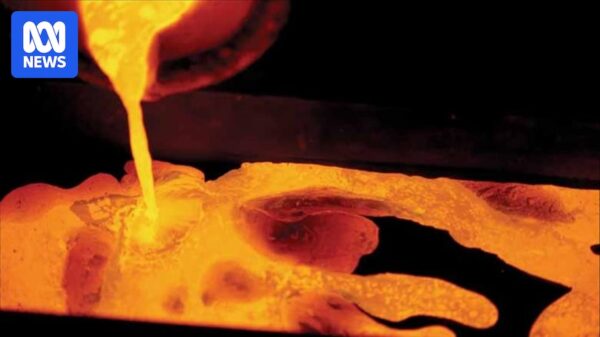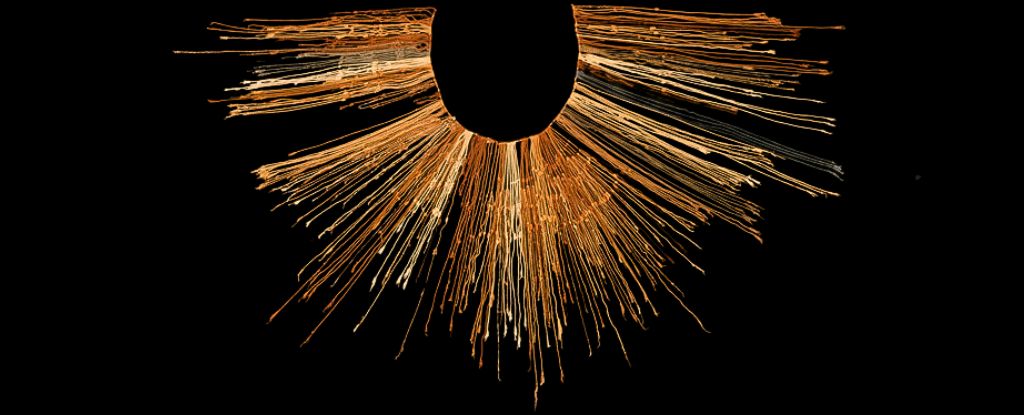The understanding of the Inca Empire’s record-keeping has shifted dramatically with new evidence suggesting that commoners, rather than only elite officials, were involved in the creation of khipus, the ancient knotted cord data system. This finding comes from a research team led by Sabine Hyland at the University of St Andrews, who unearthed significant insights regarding the social dynamics of Incan khipu makers.
Traditionally, it was believed that only high-status bureaucrats possessed the knowledge to craft these intricate cords, which documented various aspects of Incan life, including economics and demographics. Historical accounts from Spanish chroniclers had painted a picture in which khipus were the exclusive domain of the elite, who enjoyed luxurious lifestyles while fulfilling their roles as both authors and scribes.
Unveiling New Perspectives on Khipu Literacy
The term for a khipu maker, khipu kamayuq, translates to one who “energizes” the material, suggesting a personal connection between the maker and the khipu itself. The research team discovered that these khipu experts often “signed” their work with locks of their own hair, a practice deeply embedded in Inca cosmology where hair was believed to carry a person’s essence. This revelation indicates that khipu literacy was potentially more widespread than previously assumed.
In the highland village of Jucul, Peru, researchers found over 90 ancestral khipus, some dating back centuries. Analysis of these khipus revealed that human hair attached to the primary cord represented the identities of those who contributed to its creation. For instance, a 16th-century khipu from Collata included strips of a leader’s insignia scarf, signifying the authority of its author. In contrast, multiple contributors to a single khipu were indicated through different colored pendants or hair from several individuals.
The team identified a specific khipu, designated KH0631, composed entirely of human hair from a single individual. This khipu had not previously been examined for hair presence, marking a significant first in khipu research. The hair, measuring 104 cm and folded over, indicated over eight years of growth, offering insights into the life of the person who made it.
Insights into Incan Diet and Social Structure
Isotopic analysis of the hair in KH0631 provided unexpected results. The findings revealed that the maker had a diet characteristic of a low-status commoner, primarily consisting of tubers and greens, with minimal meat and maize. This contrasts sharply with the diets of elite individuals who enjoyed more meat-heavy meals and maize-based dishes.
Further isotopic measurements indicated that the individual likely resided in the highlands of southern Peru or northern Chile, at altitudes between 2,600 and 2,800 meters above sea level. This geographical data, combined with dietary insights, enhances the understanding of social stratification within the Incan community.
Hyland’s team asserts that these findings challenge the long-held notion that khipus were solely the work of elite officials. The evidence suggests that a broader segment of the Incan population participated in khipu creation, indicating a more inclusive form of literacy within the empire.
The work of Hyland and her colleagues not only sheds light on the roles of commoners in the Inca Empire but also opens new avenues for understanding the complexities of Incan society and its record-keeping practices. This research emphasizes the significance of khipus as more than mere administrative tools; they were vital expressions of identity and authority in a diverse and stratified civilization.
As research continues, the implications of these discoveries may reshape the narrative surrounding the Inca Empire and its intricate systems of communication and record-keeping.





























































